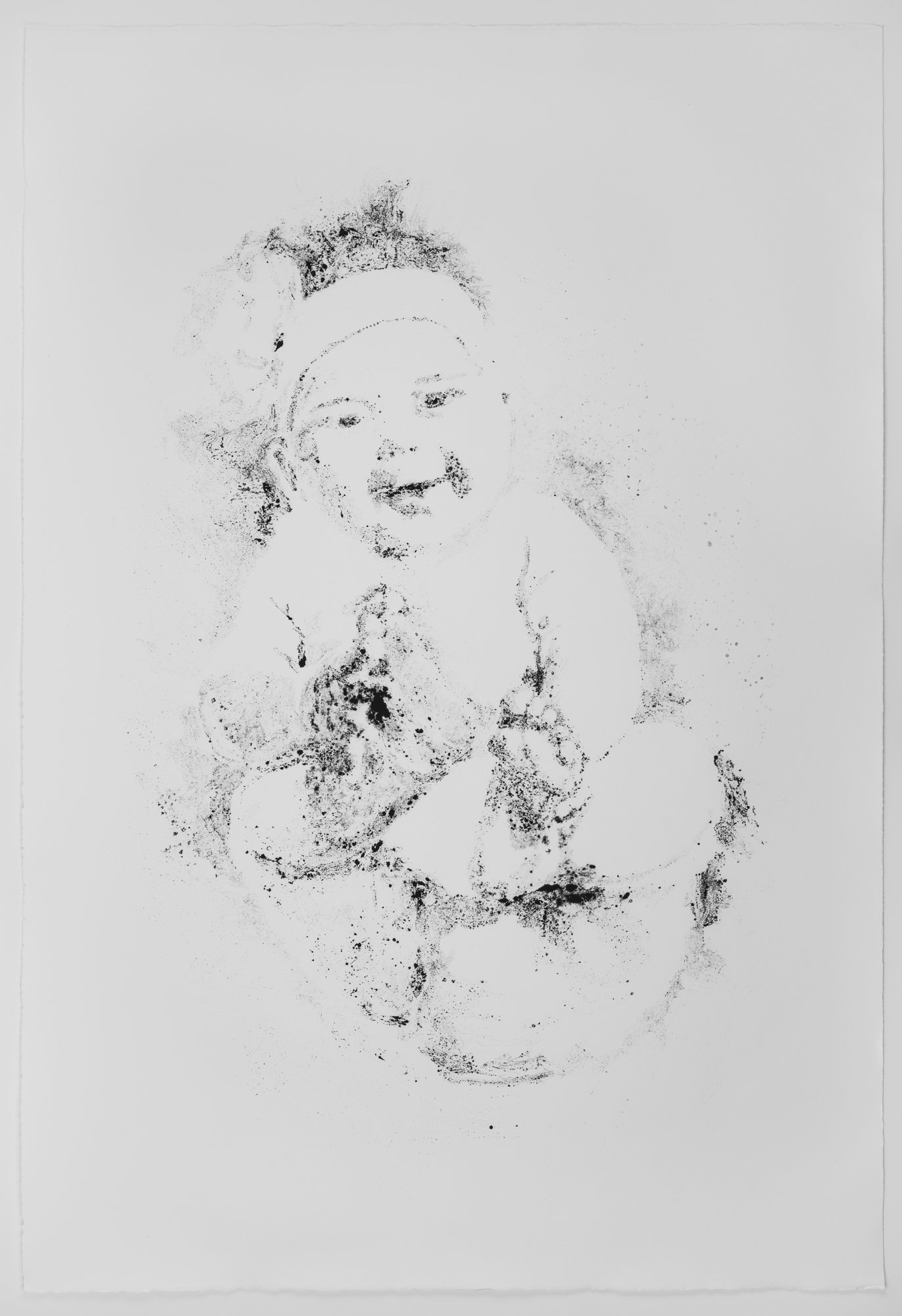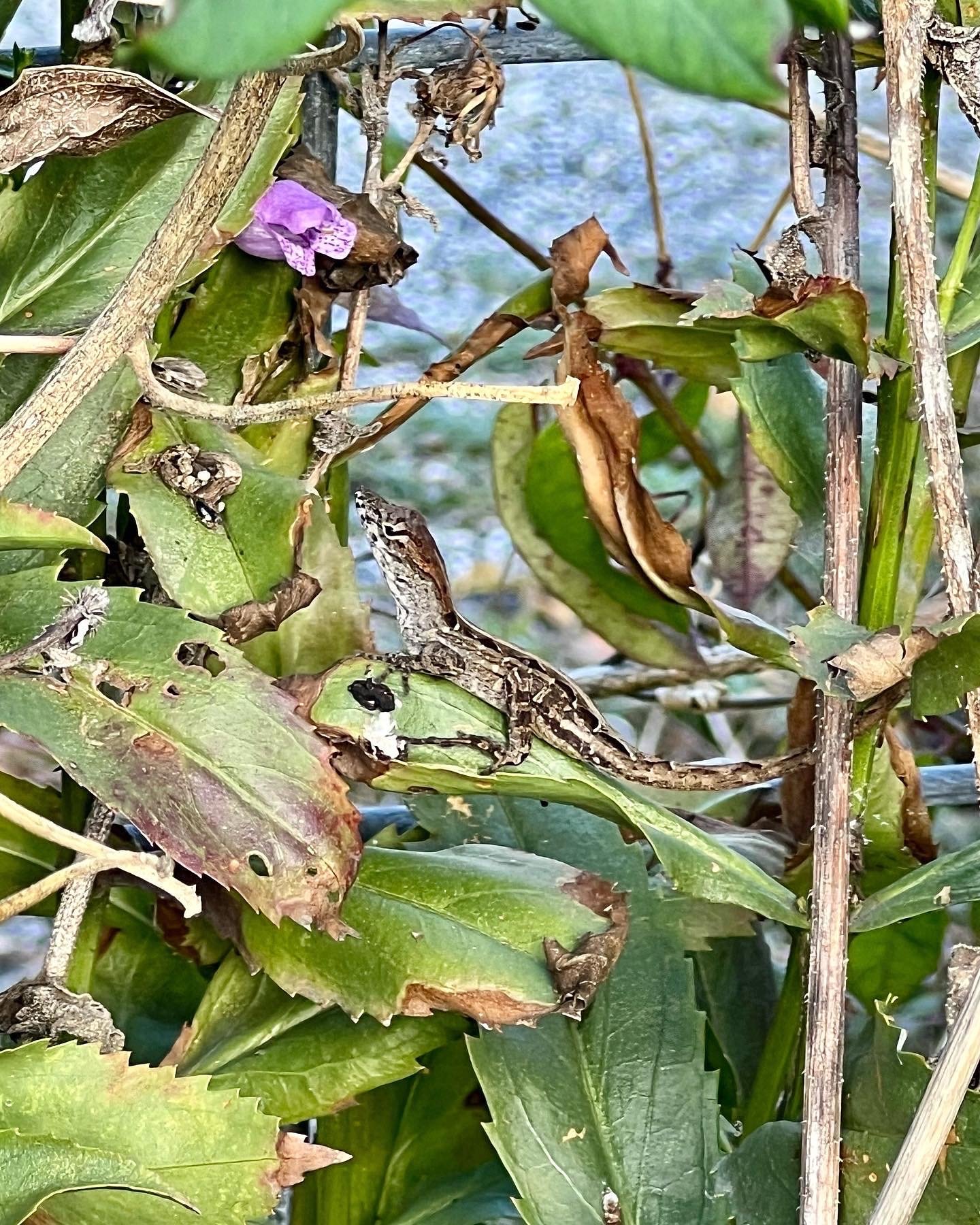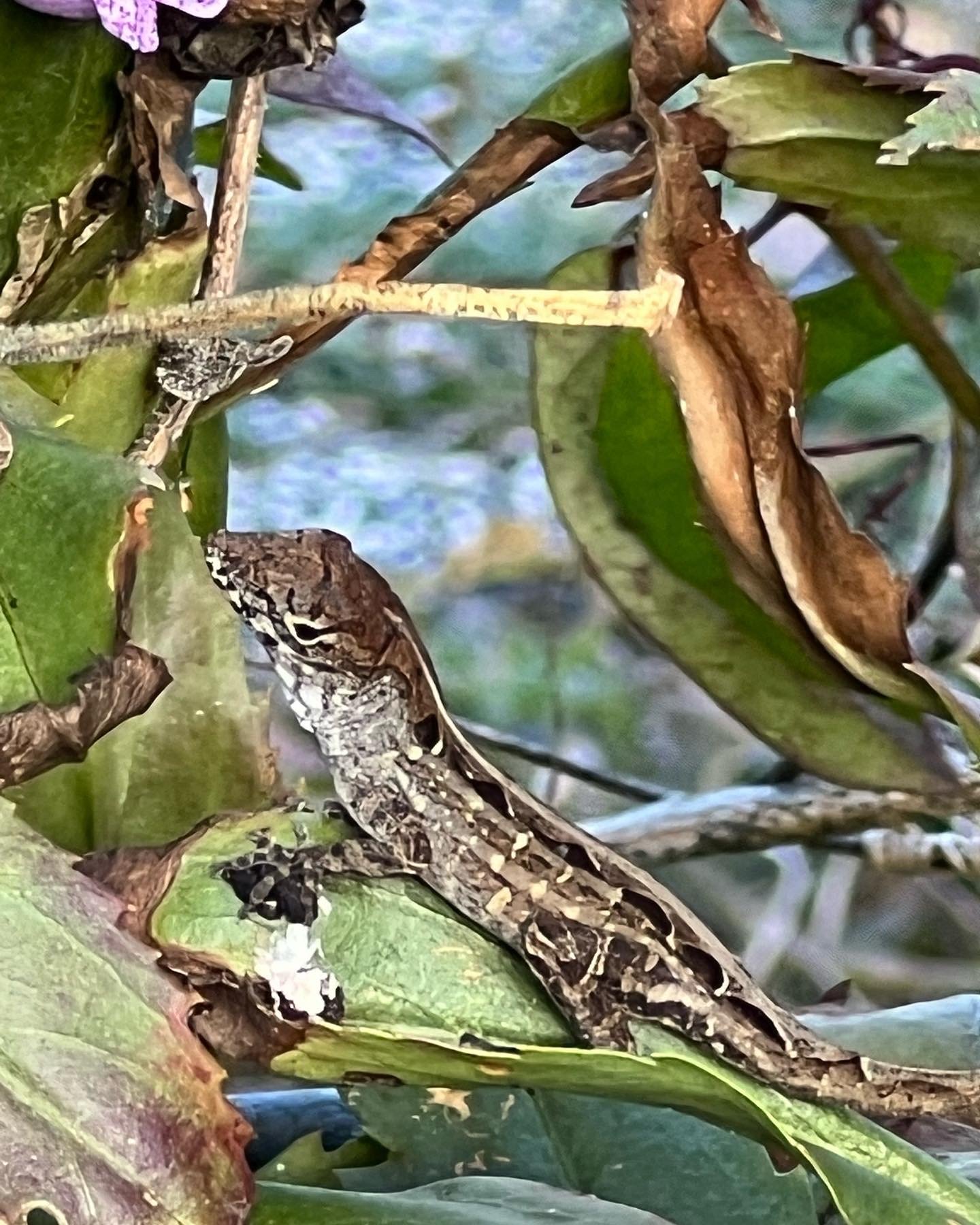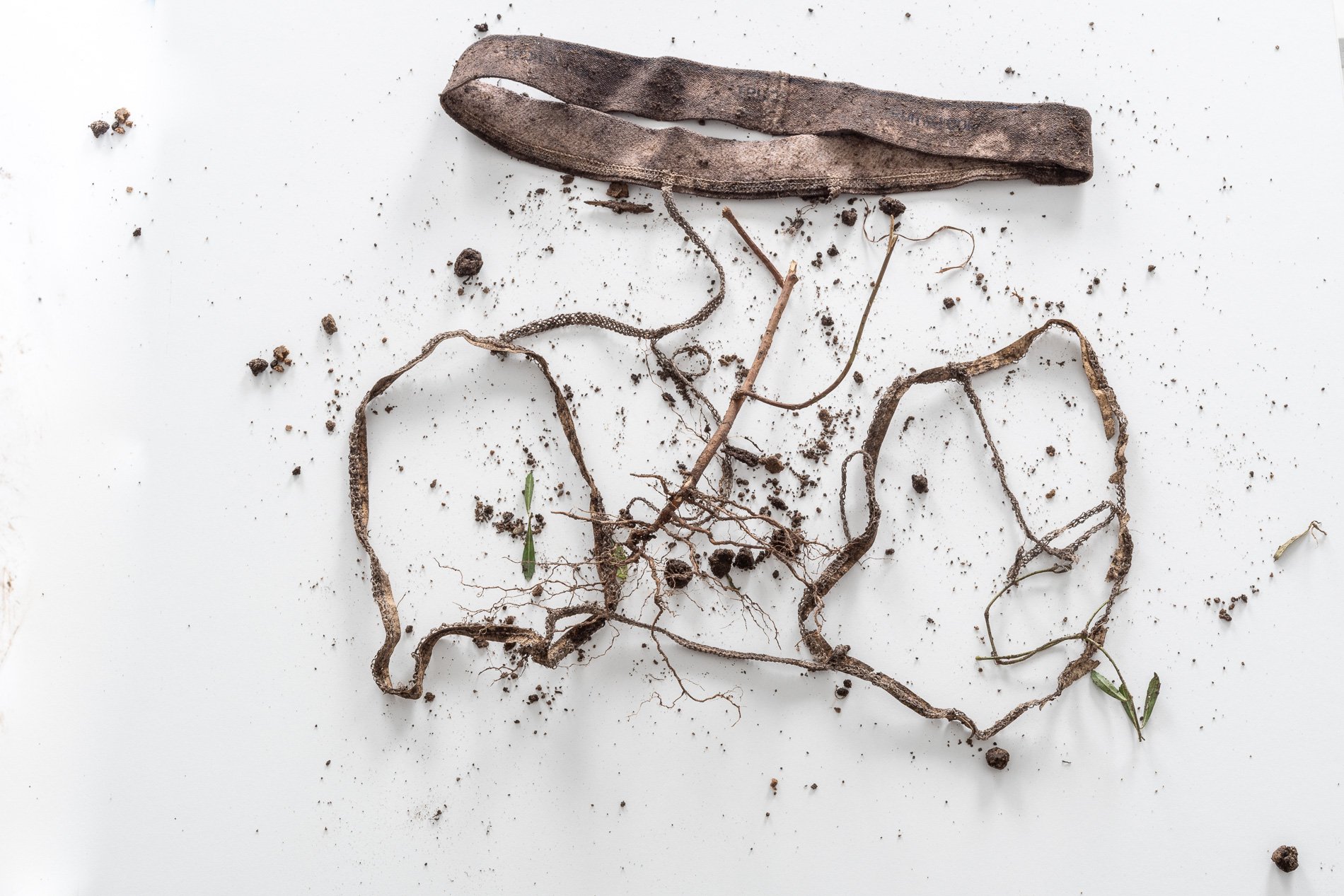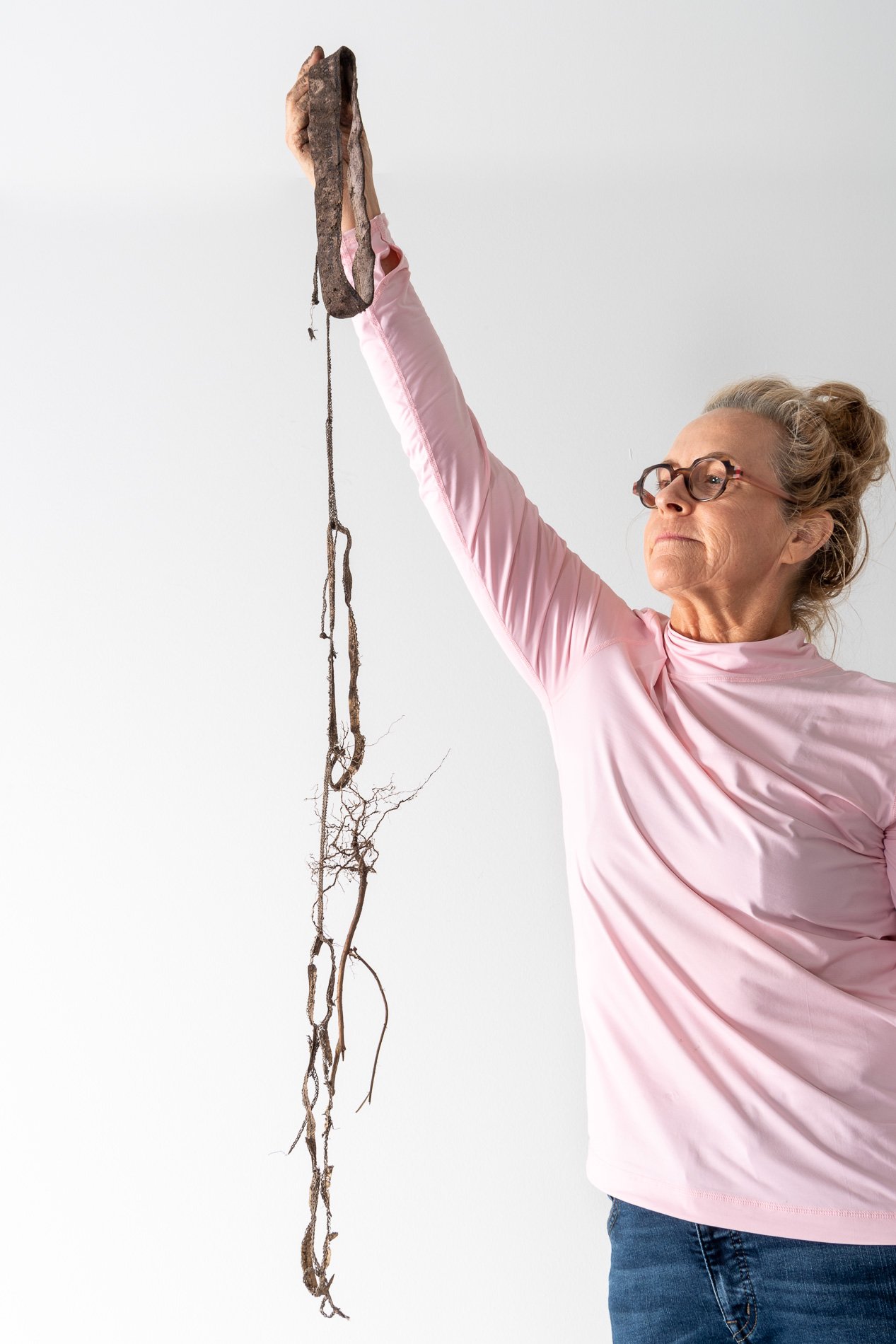Originally Rumblings was going to be a wall of wild bee portraits, 50/10,000. It is time to start thinking about the next step.
Since I started these in 2019 my knowledge has expanded. It is no longer enough to exhibit the bees as portraits. They are an integral part of a bigger system. In incorporating systems thinking I will arrange the pieces into a 11’ X 25’ work on paper composition, an abstract eco-landscape that holistically balances urban and natural systems.
It will be a composition of twenty-eight 30” X 44” watercolor monotypes from my Rumblings* body of work. The pieces will be installed in a tight grid to reference urban development. Centered in each 30” X 44” piece is an abstract portrait of a wild pollinator.
The work will be completed in my studio when the defined space dimensions are finalized. At that time, I will select the portrait pieces and organize them in a systematic manner that works best for the size and shape of the proposed space. I will then transform the individual portraits into the monumental composition of an urban ecosystem that balances manmade and natural systems. To do this, I will add abstracted shapes representing biological systems that pollinators depend on into the blank spaces of the individual works. These marks will be extremely light and delicate, watercolor and pastel. They will be leaf and petal-like silhouettes of birds, vines, blooms, grasses, roots, water, and hooves. These shapes will weave in and out chaotically, connecting the portraits in the urban structured grid and transforming them into an ecologically balanced urban landscape composition.
RUMBLINGS* WORKS 2019 — present

